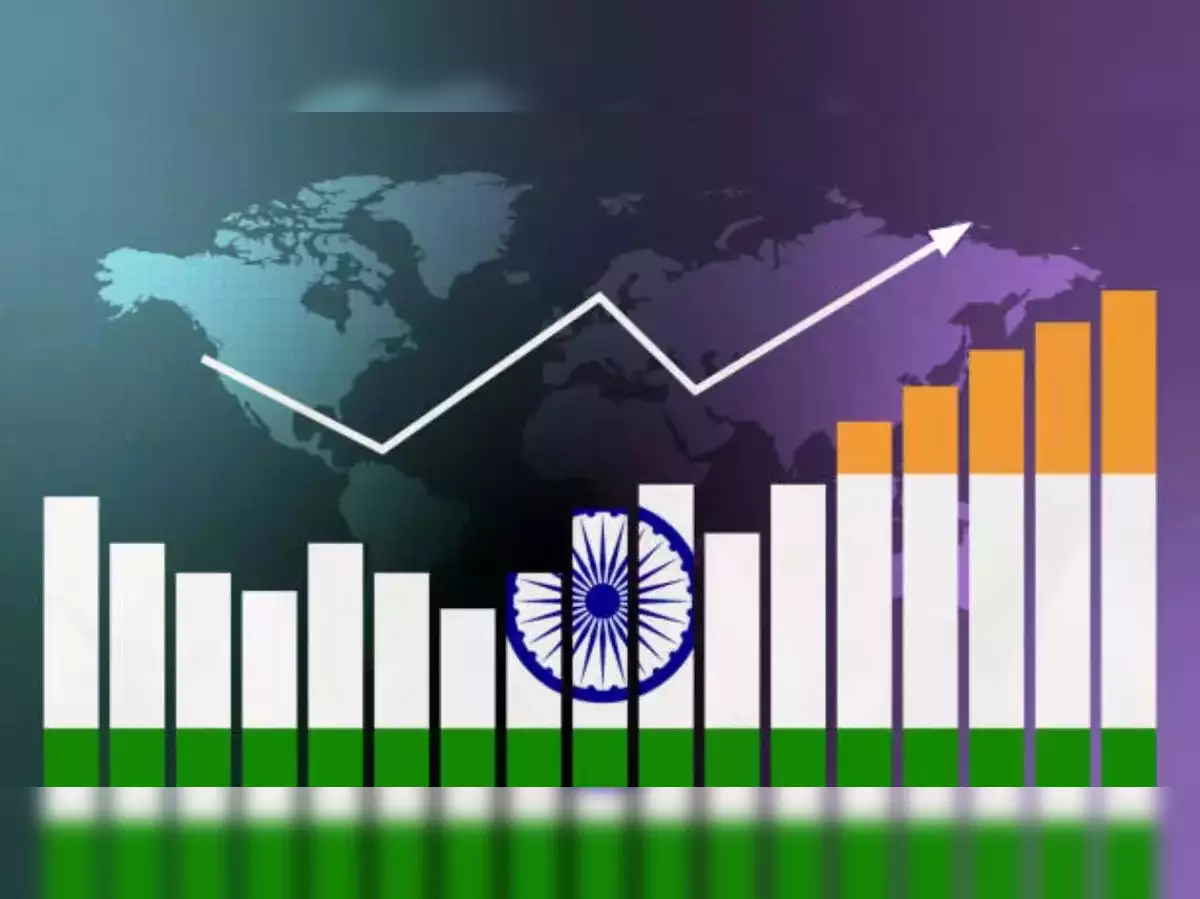Transforming Rural India: The SVAMITVA Scheme

The SVAMITVA Scheme, launched by Prime Minister Narendra Modi on April 24, 2020, aims to revolutionize rural India by providing property owners in village Abadi areas with a formal “Record of Rights.” This initiative utilizes advanced drone and GIS technology for land demarcation, which facilitates property monetization, access to bank loans, and comprehensive village-level planning. By addressing long-standing issues related to land ownership, the scheme empowers rural communities and aligns with the vision of an Atmanirbhar Bharat (self-reliant India).
The Need for SVAMITVA
For decades, rural land surveys in India remained incomplete. Many states failed to map or document the Abadi areas of villages, leaving property owners without formal records. This lack of documentation barred them from accessing institutional credit, which is essential for upgrading homes or leveraging property as a financial asset. The absence of legal records persisted for over seventy years, significantly hindering the economic progress of rural India.
Recognizing the importance of legally recognized property records, the SVAMITVA Scheme was conceptualized. It employs modern drone technology to survey and map village Abadi areas efficiently. This innovative approach not only provides property owners with legal recognition but also helps to resolve disputes related to land ownership. The scheme has already achieved remarkable milestones in a short span of time, demonstrating its potential to transform the rural landscape.
The implementation of the SVAMITVA Scheme is crucial for empowering rural communities. By providing property cards, it enables individuals to access loans and financial assistance, thereby enhancing their economic status. The initiative is a significant step towards achieving true Gram Swaraj, where villages can govern themselves and thrive independently.
Achievements of the SVAMITVA Scheme
The SVAMITVA Scheme has made significant strides since its inception. On January 18, 2025, Prime Minister Modi e-distributed 65 lakh property cards across more than 50,000 villages in ten states and two Union Territories. This event marked a landmark achievement in the scheme, furthering the vision of empowering rural India with legal land ownership.
As of now, 31 states and Union Territories have onboarded the SVAMITVA Scheme. A total of 3,46,187 villages have been notified under the initiative, with drone surveys completed in 3,17,715 villages, achieving a remarkable 92% completion rate. Maps have been prepared for state inquiries, and property cards have been issued for 1,53,726 villages, resulting in nearly 2.25 crore property cards distributed.
States like Uttar Pradesh and Madhya Pradesh have achieved 100% completion in drone surveys, while Haryana and Uttarakhand have excelled in both drone surveys and property card preparation. The scheme has surveyed a total of 67,000 square kilometers of rural Abadi land, valued at an impressive Rs. 132 lakh crore. This emphasizes the economic significance of the initiative and its potential to uplift rural communities.
The Impact of SVAMITVA on Rural Communities
The SVAMITVA Scheme has emerged as a transformative initiative, reshaping rural governance and empowering communities. By providing legal recognition of property, it fosters self-reliance and economic growth. The scheme’s innovative approach to property validation and land management has led to numerous success stories across the country.
Beneficiaries of the SVAMITVA Scheme have reported increased access to financial services, enabling them to invest in their homes and businesses. The issuance of property cards has also helped to resolve long-standing disputes over land ownership, fostering a sense of security among property owners. This newfound stability encourages investment in rural infrastructure and development projects, further enhancing the quality of life in these communities.
Moreover, the scheme’s emphasis on technology has revolutionized the process of land demarcation. The use of survey-grade drones and the Continuous Operating Referencing System (CORS) network allows for the swift and accurate production of high-resolution maps. This technological advancement not only streamlines the surveying process but also ensures that property records are reliable and up-to-date.
Future Prospects and International Outreach
Looking ahead, the Ministry of Panchayati Raj plans to showcase the success of the SVAMITVA Scheme on global platforms. In March 2025, an International Workshop on Land Governance in India will be hosted, featuring participation from representatives across Africa, Latin America, and Southeast Asia. This workshop aims to share best practices and advanced technologies, fostering collaboration for similar initiatives worldwide.
Additionally, the Ministry plans to participate in the World Bank Land Governance Conference in Washington in May 2025. This participation will highlight India’s achievements in land governance and encourage international adoption of the SVAMITVA model.
The SVAMITVA Scheme is not just a government initiative; it is a catalyst for change in rural India. By transforming age-old land ownership challenges into opportunities for growth, it empowers communities and fosters economic progress. As villages embrace this change, the scheme paves the way for a stronger, unified rural India, where property becomes a powerful tool for self-reliance and development.
Observer Voice is the one stop site for National, International news, Sports, Editor’s Choice, Art/culture contents, Quotes and much more. We also cover historical contents. Historical contents includes World History, Indian History, and what happened today. The website also covers Entertainment across the India and World.

